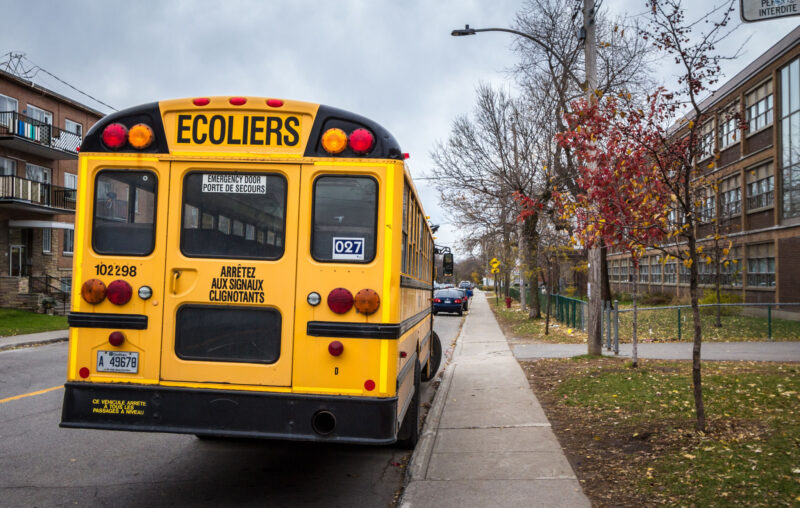A Canadian Lesson About School Choice and Its Potential To Reduce Socioeconomic Disparities in the United States

Upon the publication of the census of 1961, Canadians could learn, by comparing with the US census of 1960, that the country’s French minority (roughly a quarter of the population) had education and income levels that equaled that of black Americans. More importantly, the gap between French and English speakers in Canada was roughly the same as that between white and black Americans. This was true even in the province of Quebec where French speakers were in the majority.
Five decades later, none of this was any longer true. In Quebec, French speakers no longer exhibit noticeably lower levels of schooling and income than English speakers. When we zoom in on the youngest workers, there are even signs of slight advantages for French speakers. Once a major economic divide in Canada, that fault line has essentially receded in full.
This is in marked contrast with the United States where, despite a significant convergence since the 1950s, there remain visible racial gaps in socioeconomic conditions and outcomes.
As both groups, French Canadians and black Americans started from the same point relative to the economically privileged group, can the successful catching-up of French Canadians teach anything for Americans concerned about lasting disparities?
I argue that, yes, there are important lessons for policy debates today.
Under the Canadian constitutional arrangement of 1867, educational powers were delegated to provincial governments. This was meant to prevent the English majority from using public schools to assimilate the French minority. As Quebec was majority French, its education system was dramatically different from the rest of Canada. Managed and provided by the Catholic Church, the schools had a dual purpose: to teach kids and to educate why the French Canadian “race” (this was a term in Canadian politics until the 1950s) was different from the materialistic English “race.” The Church received what amounted to monopoly power in the provision of schooling for French-speaking Catholics.
The result was that schooling quality was far inferior for French speakers than for English speakers. In statistical tests attempting to determine the financial returns resulting from schooling using census data, I (with Jason Dean, Maripier Isabelle and Julien Gagnon) found that French speakers born before the 1940s saw their earnings increase half as much from an extra year of schooling as English speakers.
In 1943, however, the provincial government made a major reform to the educational system. It introduced compulsory schooling until grade 9 (the last province in Canada to do so), and eliminated all fees for attendance. It also mildly weakened the Catholic Church’s hold on the educational system.
In the next thirty years, the educational gap in school attendance between Quebec and the rest of Canada closed steadily. French speakers born in time to be affected by that reform saw the returns to education increase relative to English speakers. Consequently, their earnings increased faster as well. By 1970, there was no income gap between young French speakers and young English speakers.
Essentially, this amounts to saying that the entire gap was eliminated due to reform to the educational system. This can easily be translated to the case of the United States. Indeed, the United States has a poorly performing public school system. The low-quality schools are also largely attended by black Americans who exhibit lower levels of schooling achievements. Improving schooling quality for black Americans is probably the best way to close the gap in full, just as was the case for French Canadians.
Obviously, the reform that was enacted in Quebec in 1943 can hardly be relevant for the United States today. What matters, however, is that there be a major reform to the system that alters the incentives for both parents and schools. In the United States today, there is one set of reforms that qualifies to be able to do so: school choice.
The introduction of school choice offers to transfer funding directly to parents, who would then put schools in competition with each other. Simultaneously, greater decentralization and autonomy are offered to schools, so that they may customize their services and organize them in ways most valued to their clienteles. This combination of competitive pressures and administrative autonomy generates strong incentives for schools to provide higher-quality services.
The literature on school choice is clear that the results on cognitive and non-cognitive skills are strongly positive. As a result, its introduction would improve educational outcomes for black Americans (who incidentally are the group most favorable to school choice according to polling). The long-documented black/white differences in returns from schooling, which are similar to those observed between French and English speakers in Quebec pre-1940, could begin to recede.










